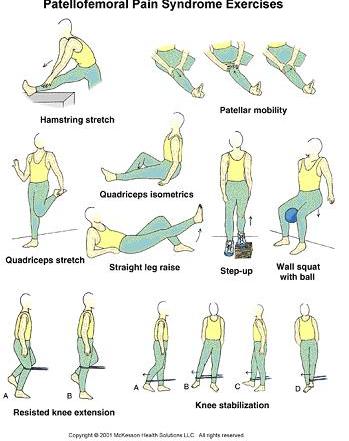Countdown: 18 Weeks
Your Training Schedule for This Week:
Monday Rest
Tuesday 3 miles Easy walking
Wednesday 15 minutes Moderate cross-training
Thursday 5 miles Moderate walking
Friday 30 minutes Easy cross-training
Saturday 7 miles Easy walking
Sunday 6 miles Easy walking
Training Tip of the Week: Shin Splints
Shin splints is a term broadly used to describe pain in the lower extremity. Most commonly it refers to medial tibial stress syndrome. People will describe pain in the inner part of the lower half of the shin. At first the pain may begin at the start of exercise and then decrease after a warm up period. However, with continued exercise the pain can become constant.
Shin splints are caused by overuse from repetitive activity. Walking increases the size and strength of your calf muscles. The calf muscles on the back of your leg can create an imbalance of forces on your anterior leg and cause inflammation. To prevent shin splints, adequately warm up your anterior and posterior leg muscles before exercise. See the stretching tips in your 3-Day Handbook.
If you experience shin splint pain, decrease your walking mileage and focus on stretching. Start with the runners lunge stretch for the calf or put a towel around your foot and pull your toes up towards your head. If you can, try sitting on your knees and feet to really stretch the front part of your leg. Be careful because this is hard on your knees. Freeze water in a paper cup and ice your shins right on the bone for 5 minutes, three times a day. Consider adding an over the counter arch support and check your shoe for adequate shock absorption.
Once you have stretched and your pain is decreased, begin strengthening exercises. Start with toe taps, first straight up and down then right and left. Add heel raises and toes raises. Finally, put a towel on the floor and, keeping your heel on the floor, use your toes to grab an edge of it, pulling it towards you. Try to increase your walking gradually and alter your walking surfaces to include grass, dirt, and track surfaces as much as possible. If your symptoms do not improve or get worse, see your doctor for evaluation.





